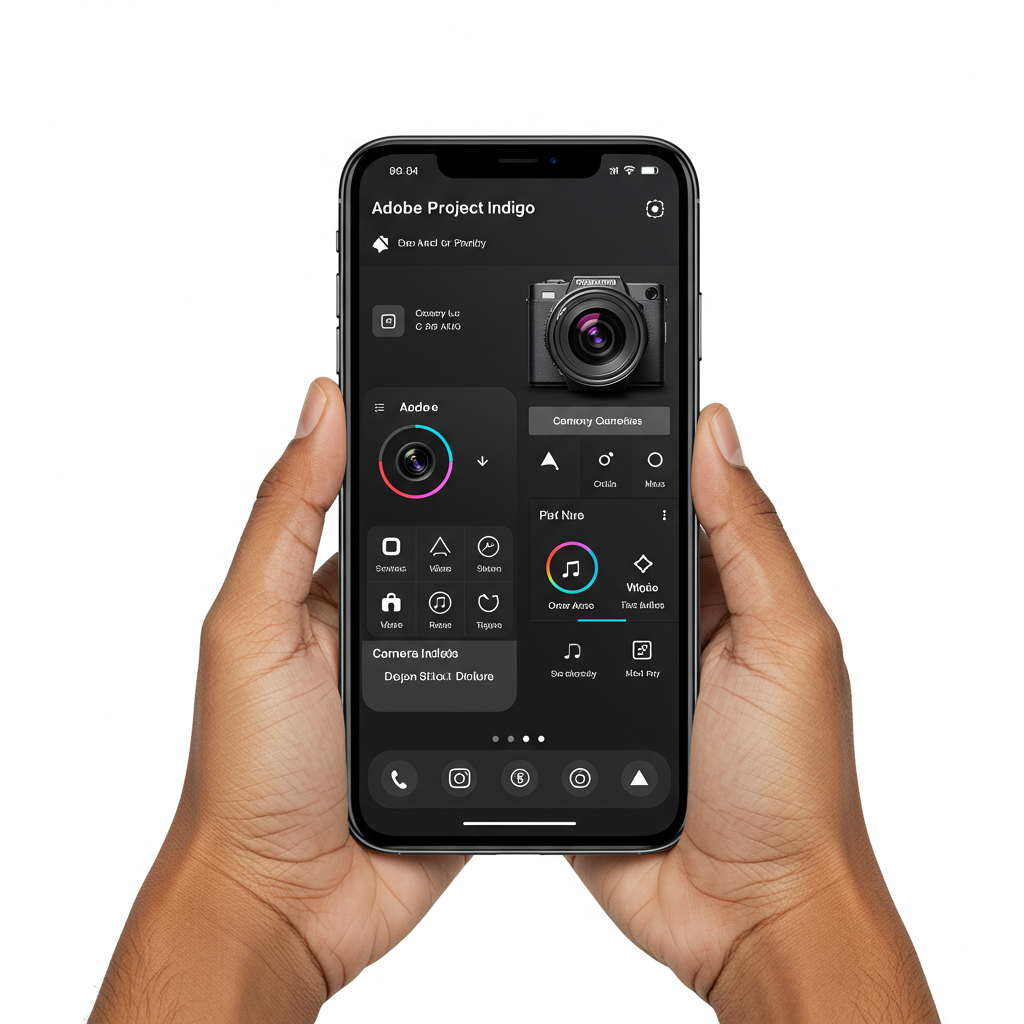A major security failure in a clandestine Android spyware operation, known as Catwatchful, has exposed sensitive data belonging to thousands of its users and their unsuspecting victims. This incident highlights the inherent risks associated with consumer-grade surveillance tools and the poor security practices often employed by their operators. Cybersecurity experts warn that data breaches involving such “stalkerware” are becoming increasingly common, putting countless individuals at risk.
The vulnerability was brought to light by security researcher Eric Daigle. His investigation uncovered a critical flaw in Catwatchful’s system. This flaw led to the complete exposure of the spyware app’s customer database.
Unauthenticated Access Exposes Sensitive Data
The core of the Catwatchful data breach stemmed from an unauthenticated API. This technical oversight meant that anyone could interact with the user database online without needing credentials. This lack of security allowed unauthorized access to sensitive information. The exposed data included the email addresses and plain-text passwords used by Catwatchful customers. These were the login details used to access the dashboard containing stolen data from victims’ phones. The vulnerability effectively left the keys to the kingdom lying open.
What is Catwatchful and Why is it Called Stalkerware?
Catwatchful presented itself deceptively as a child monitoring application. However, its true function aligns it firmly with “stalkerware” or “spouseware.” These apps are designed for covert surveillance. Catwatchful specifically claimed to be “invisible and cannot be detected” on a target device.
Once secretly installed, Catwatchful begins uploading a victim’s private phone contents. This data is sent to a remote dashboard viewable by the person who planted the app. The stolen information is extensive and highly personal. It includes victims’ photos, text messages, and precise real-time location data. The app also possesses capabilities for live intrusion. It can remotely activate the phone’s microphone to record ambient audio. Accessing both the front and rear cameras is also possible.
Apps like Catwatchful are universally banned from official app stores, such as Google Play. They require physical access to the target device for installation. This typically involves someone the victim knows, like a partner or family member. Because these apps facilitate non-consensual surveillance, often illegally, they are widely referred to as “stalkerware.” They are commonly misused to monitor spouses or romantic partners without their knowledge or consent.
The Scale of the Catwatchful Breach
The scope of the Catwatchful data breach is significant. According to a copy of the database reviewed by TechCrunch in early June, the impact reached tens of thousands. The exposed database contained email addresses and passwords for over 62,000 customers. Additionally, it held phone data collected from 26,000 victims’ devices. Some records in the dataset reportedly dated back to 2018.
Geographically, the compromise was widespread but concentrated in certain regions. The majority of affected devices were located in Latin America and South Asia. Countries with the highest number of victims included Mexico, Colombia, India, Peru, Argentina, Ecuador, and Bolivia. This geographical distribution provides insight into where these types of consumer surveillance tools are most prevalent.
Operator’s Identity Revealed by Opsec Error
Like many operations of its kind, Catwatchful did not publicly disclose its ownership or administration. Operators of stalkerware typically remain anonymous due to the significant legal and reputational risks involved in facilitating illegal surveillance. However, a critical operational security failure within the dataset itself inadvertently revealed the identity of the person behind Catwatchful.
The data breach exposed Omar Soca Charcov as the operation’s administrator. Charcov is reportedly a developer based in Uruguay. His information appeared as the very first record in one of the database files. This is a common pattern seen in past spyware data breaches; developers sometimes test their own products on their devices first, leaving their details at the beginning of the dataset. The dataset included Charcov’s full name and phone number. It also contained the web address of the specific Google Firebase instance where Catwatchful’s victim data was stored.
Further confirming the link, Charcov’s personal email address, found in the dataset, was the same one listed on his LinkedIn profile (which has since been set to private). Additionally, he configured this personal email as the password recovery address for his Catwatchful administrator account. This direct link undeniably ties him to the operation. TechCrunch attempted to contact Charcov for comment regarding the breach and potential notification of customers. While he reportedly opened the emails, he did not respond to requests sent in both English and Spanish. There is no public indication that Charcov plans to disclose the incident to affected parties.
Technical Underpinnings and Hosting Issues
Security researcher Eric Daigle’s analysis shed light on Catwatchful’s technical infrastructure. The spyware relies on a custom-made API for communication. This API is used by every planted Android app to send stolen data back to Catwatchful’s servers. As mentioned earlier, this API was found to be unauthenticated. This critical flaw allowed anyone on the internet unauthorized access to the customer database.
Significantly, the victim’s stolen phone data—including photos and ambient audio recordings—was hosted and stored on Google’s Firebase platform. Firebase is a popular web and mobile development service provided by Google. TechCrunch confirmed Catwatchful’s use of Firebase by installing the spyware in a virtualized Android environment. Monitoring the network traffic showed data uploading to a specific Firebase instance associated with the operation.
Following TechCrunch’s investigation, the initial web hosting company for the Catwatchful API temporarily suspended the developer’s account. This briefly disrupted the spyware’s operation. However, the API later resurfaced, hosted on HostGator. A spokesperson for HostGator did not respond to requests for comment regarding the company hosting the spyware’s operations. This highlights the difficulty in completely shutting down these types of services.
Google’s Response and Broader Context
After being alerted to the issue and provided with copies of the Catwatchful malware, Google took action. They announced new protections for Google Play Protect. This is a security tool that scans Android phones for malicious apps. Now, Google Play Protect is updated to detect and alert users if the Catwatchful spyware or its installer is found on their device.
TechCrunch also provided Google with details about the specific Firebase instance used for storing stolen data. When asked if the stalkerware operation violated Firebase’s terms of service, Google stated on June 25 that they were investigating. However, they did not immediately commit to taking down the operation or the data hosted there. A Google spokesperson confirmed that all apps using Firebase products must abide by their terms and policies. They reiterated that if a violation is found, appropriate action will be taken. They also pointed out that Android users attempting to install such apps are protected by Google Play Protect. As of the time of the original publication, Catwatchful reportedly remained hosted on Firebase.
This incident is not an isolated event. Catwatchful is at least the fifth spyware operation this year alone to experience a data spill. The external summaries provided highlight similar breaches. Spyzie, Cocospy, and Spyic, three near-identical stalkerware apps, shared a vulnerability that exposed data from over half a million Android devices and thousands of iPhones. The NSO Group’s Pegasus spyware, typically associated with government targeting, was revealed in court documents to have targeted over a thousand WhatsApp users across 51 countries in just two months, demonstrating the scale of state-sponsored surveillance. Even in vastly different contexts, like the PowerSchool education tech breach involving LummaC2 malware, poor security practices like lack of multi-factor authentication and exposed credentials remain common threads in data compromises. The proliferation of consumer-grade spyware, despite its often “shoddy coding and security failings,” continues unabpose risks to both the paying customers and the unsuspecting victims whose data is collected.
How to Detect and Remove Catwatchful Spyware
Catwatchful claims it “cannot be uninstalled,” but this is inaccurate. There are ways to detect and remove the app from an affected device. However, it is crucial to have a safety plan in place before attempting removal. Disabling spyware can alert the person who planted it, potentially leading to unsafe situations. Organizations like the Coalition Against Stalkerware offer valuable resources and support for victims and survivors.
For Android users, a specific code can help detect Catwatchful, even if it’s hidden. Dial 543210 into your phone app’s keypad. Then hit the call button. If Catwatchful is installed, the app should appear on your screen. This code is a built-in “backdoor” feature intended for the installer to regain access to hidden settings. However, anyone can use it to check for the app’s presence.
Removing the app itself typically involves following general Android spyware removal procedures. This includes identifying the app (potentially using the code above), disabling its administrative privileges if needed, and uninstalling it. After removal, it is essential to secure your device by reviewing and adjusting various privacy and security settings. Resources are available online detailing these general steps for identifying and removing common types of phone stalkerware.
Frequently Asked Questions
What happened with the Catwatchful data breach?
A vulnerability in the Catwatchful Android spyware operation exposed its customer database. Discovered by security researcher Eric Daigle, an unauthenticated API allowed access to email addresses and plaintext passwords of over 62,000 customers. It also exposed stolen phone data from 26,000 victim devices. The breach revealed the operator, Omar Soca Charcov, and highlighted poor security practices in consumer-grade spyware. Data from victims included photos, messages, location, and live audio/video.
How can I check if Catwatchful spyware is on my Android phone?
You can attempt to detect Catwatchful even if it’s hidden. Open your Android phone’s dialer app. Type the code 543210 into the keypad and press the call button. If the Catwatchful app is installed on your device, this code, intended as a backdoor for the installer, should cause the hidden app to appear on your screen. If detected, seeking assistance from organizations like the Coalition Against Stalkerware is recommended before attempting removal.
Why is Catwatchful called “stalkerware” and is it common?
Catwatchful is termed “stalkerware” or “spouseware” because it’s designed for covert, non-consensual surveillance, often used by individuals (like partners) who have physical access to a target’s phone to install it secretly. It steals private data like photos, messages, and location. Such apps are common despite being banned from app stores. This incident is part of a broader trend, being at least the fifth similar spyware breach this year alone, highlighting the unfortunate prevalence and poor security of these tools.
Conclusion
The Catwatchful data breach serves as a stark reminder of the dangers posed by consumer-grade spyware. It underscores not only the privacy risks to victims being monitored but also the security risks to the individuals purchasing and using these tools due to operators’ negligence. The exposure of over 88,000 people’s data, coupled with the ease of identifying the operator due to basic errors, illustrates the low technical bar and high security failures in this shadow industry. While entities like Google are taking steps to detect such apps, the incident also highlights the challenges posed by hosting providers who may unknowingly or uncritically support these operations. Users concerned about potential surveillance should remain vigilant, utilize available detection methods, and seek support from dedicated organizations. The fight against illegal surveillance and its enabling technologies is ongoing.
Word Count Check: 1186



